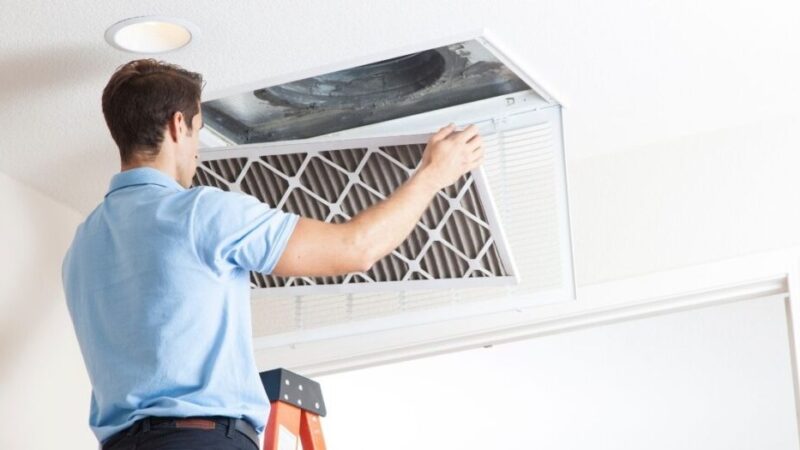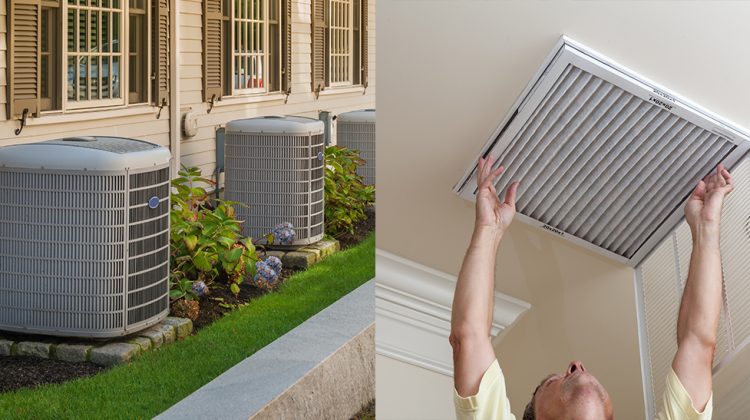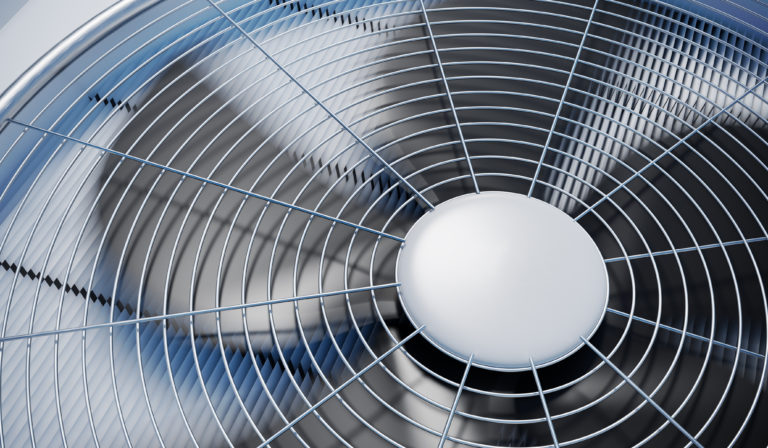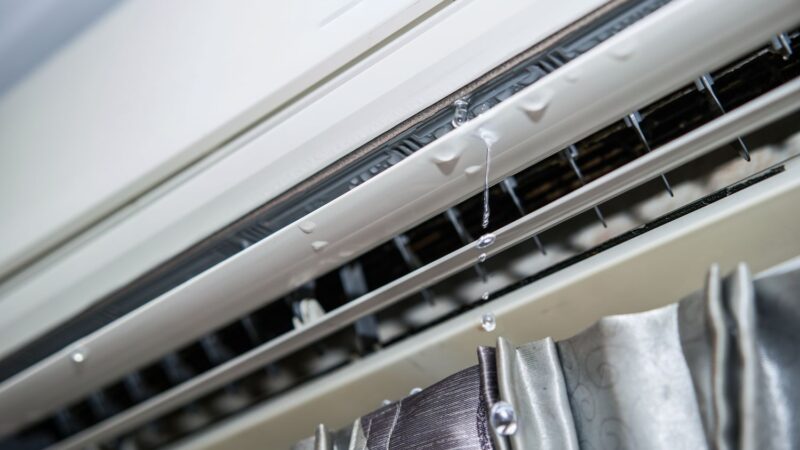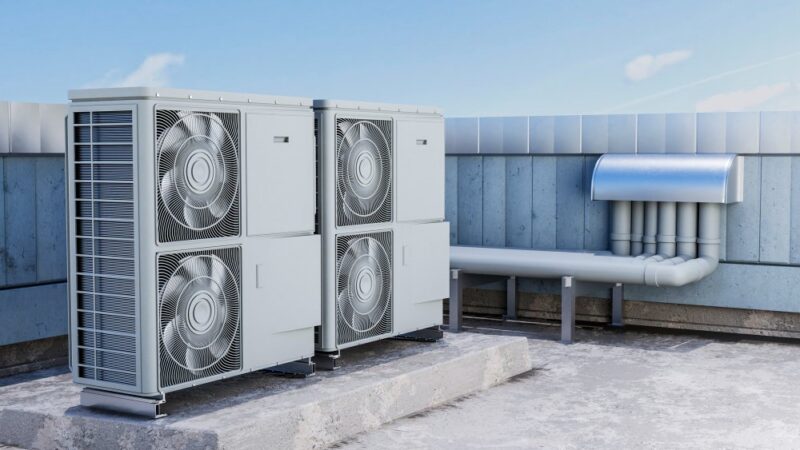How Much Electricity Does an Air Purifier Use?
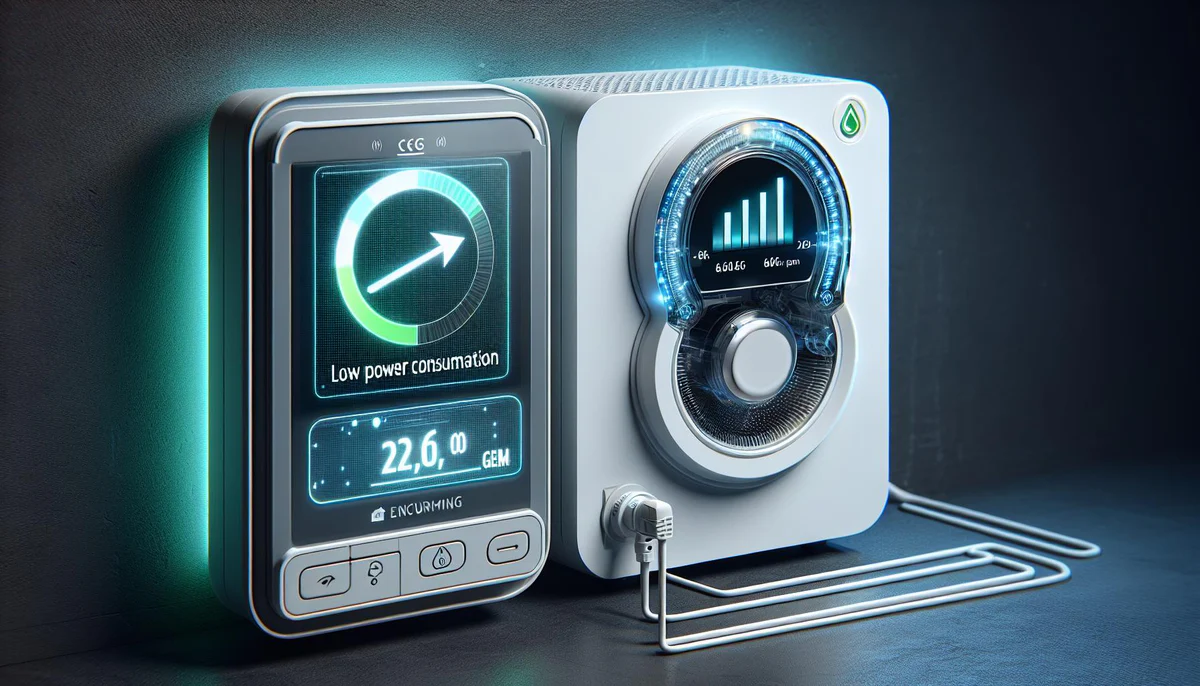
Wondering how much electricity an air purifier uses? You’re in the right place. As we try to save energy and protect the environment, it’s good to know how much power our home devices use.
In this article, we’ll talk about the electricity air purifiers use, what affects their energy consumption, and how you can keep your air clean without raising your power bill too much.
By the end, you’ll understand how energy-efficient air purifiers can be and get tips for picking the right one.
What Is An Air Purifier?
An air purifier is a device that cleans the air in a room. It removes dust, pollen, pet hair, mould spores, and smoke from the air, making breathing easier, especially for people with allergies or asthma.
Air purifiers use filters to trap and remove these particles, making the air inside safer and cleaner.
Why Do You Need an Air Purifier?
Air purifiers can significantly improve the air quality in your home. Here’s why:
Cleaner Air: They remove harmful particles like dust, pollen, pet hair, and mould spores, making the air healthier to breathe.
Health Benefits: If you have allergies or asthma, air purifiers can help lessen symptoms by filtering out allergens. Clean air can also have positive effects on your heart and overall health.
Odour Removal: Air purifiers can eliminate bad smells from smoke, cooking, and pets, making your home smell fresher.
Reduce Harmful Chemicals: They can lower levels of volatile organic compounds (VOCs) and other harmful chemicals in the air.
Better Sleep: Clean air can help you sleep better by reducing allergens and pollutants that might disturb your rest.
Lower Risk of Illness: Air purifiers can help reduce the risk of illness by removing airborne bacteria and viruses.
Overall, an air purifier can make your home a healthier and more comfortable place to live
Common Causes of Indoor Air Pollution
Indoor air pollution comes from many sources inside your home. Here are some common causes:
- Cleaning Products: Household cleaners, paints, and bug sprays can release harmful chemicals into the air.
- Cooking and Heating: Gas stoves, fireplaces, and wood-burning stoves can produce smoke and gases like carbon monoxide and nitrogen dioxide.
- Smoking: Cigarette smoke puts toxins and particles into the air.
- Building Materials: Things like asbestos, lead paint, and certain insulation materials can release pollutants over time.
- Furniture and Carpets: New furniture and carpets can give off chemicals like formaldehyde.
- Mould and Mildew: Damp areas can grow mould and mildew, which release spores into the air.
- Pet Hair and Dander: Pets can shed hair and skin flakes that can cause allergies.
- Outdoor Pollution: Pollutants from outside, like pollen or car exhaust, can come into your home through windows and doors.
- Live Sources: Dust mites, mildew, and mould can contribute to poor air quality.
- Fuel Burning: Carbon monoxide and sulfur dioxide from fuel-burning heaters, stoves, and other appliances can be harmful.
- Radon Gas: Radon from the rocks and soil beneath your home can seep into your indoor air.
- Pesticides: Fumes from pesticides, foggers, and sprays can add harmful chemicals to the air.
- VOCs: Volatile organic compounds from air fresheners and household chemicals can pollute the air.
Stale air and lingering odours are signs of poor indoor air quality. If you find yourself breathing easier outside than inside, it might be time to consider using an air purifier to improve your indoor air.
Impact of Indoor Air Pollution on Your Health
Did you know people in the U.S. spend about 90% of their time indoors? This means a lot of time breathing in indoor air, which can sometimes be unhealthy. You might notice bad air with a musty or dusty smell.
Breathing in bad air can cause immediate health problems like coughing, sneezing, and headaches. The long-term effects can be more serious:
- Asthma and allergies: Chest tightness, coughing, and itchy eyes can appear or get worse.
- Heart disease: Polluted air can block blood vessels, cause clots, and affect heartbeats.
- COPD (Chronic Obstructive Pulmonary Disease): Persistent cough, fatigue, and frequent infections are signs often linked to bad indoor air.
- Lung cancer: The WHO says indoor air pollution can cause lung cancer, responsible for about 17% of adult lung cancer deaths. Using kerosene or solid fuels like wood for cooking increases this risk.
Air purifiers can help by removing allergens, dust, bacteria, mould spores, pet dander, pollen, smoke, viruses, and other harmful particles from the air.
How Much Electricity Does an Air Purifier Use?
When buying an air purifier, knowing how much electricity it uses is good. Air purifiers usually use between 40 to 200 watts, so they don’t consume a lot of power.
For instance, the AirMend Air Purifier uses 75 watts or less. To compare, an LED light bulb uses about 10 watts, a phone charger about 33 watts, and a refrigerator around 194 watts.
Keeping an air purifier running all the time can help remove dust, allergens, and smoke from the air. You might worry about the cost, but it won’t cost too much, even at full speed.
For example, a 50-watt air purifier running 24 hours a day uses about 1.2 kilowatt-hours per day, costing roughly $4.30 a month if electricity costs $0.12 per kilowatt-hour.
You won’t always run the air purifier at its highest setting. At lower speeds, it costs even less.
For example, at 25 watts, it would cost about $2.16 a month. So, an average air purifier generally costs less than $4 a month to run and often even less.
To help you determine the exact cost, the U.S. Department of Energy has a tool that estimates the kilowatt-hours and annual cost of appliances based on your state’s utility rates.
How to Choose an Energy-Efficient Air Purifier?
When picking an air purifier, it’s smart to choose one that’s energy-efficient. Here’s how to do it:
Look for ENERGY STAR Ratings. This label means the purifier meets strict energy-saving standards and uses less power, which is good for the environment.
Check the CADR (Clean Air Delivery Rate): A higher CADR means the air purifier can clean the air faster and cover larger rooms more efficiently.
High-efficiency filters and strong motors: These features help the purifier clean the air effectively without using too much electricity.
So, when choosing an air purifier, look for one that’s the right size for your space, has an ENERGY STAR Rating, and a high CADR. This will help you get clean air while saving on energy.
Tips to Save Power with Your Air Purifier
- Place It Right: Put your air purifier where it can move air around easily. Don’t put it too close to the walls.
- Close windows and doors: Keep the space closed to stop outdoor pollution from coming in, Which helps your purifier work better.
- Change Filters Regularly: Dirty filters make your purifier work harder and use more power. Clean or replace them as needed.
- Use High Speed at First: Start on high speed for 30-60 minutes to clean the air quickly, then switch to a lower speed to save power.
- Check Outside Air Quality: Adjust your purifier based on how clean the outside air is. Sometimes, opening windows can save energy if the outside air is clean.
- Choose the Right Size: Pick a purifier that matches your room size. It will clean the air better and use less power.
- Use Auto Mode: If your purifier has an auto mode, use it. This setting balances power use by adjusting fan speed based on air quality.
- Keep It Clean: Clean the purifier and the area around it to help it run efficiently.
Recommendation
Air Purifier Vs Humidifier: Which One Do You Need?
How Does An Air Purifier Work?
Where To Put Air Purifier In Your Home?
How To Clean Air Purifier Filter?
How To Fix Levoit Air Purifier Red Light Problem?
Conclusion
In Conclusion, air purifiers help keep your home’s air clean without using a lot of electricity. You can save energy and money while enjoying fresh air by choosing a model with an ENERGY STAR label and a high CADR. Simple habits like changing filters, placing the purifier in the right spot, and using energy-saving modes make a big difference. An energy-efficient air purifier is a smart choice for both your health and your power bill.
FAQs
Q: Do air purifiers use a lot of electricity?
A: Most air purifiers use electricity to run. If you keep a standard room purifier on all the time, it can use up to 550 kWh of electricity in a year. How much it costs to run will depend on the purifier you pick and how you use it.
Q: How much does it cost to run an air purifier 24 hours a day?
A: Running a HEPA air purifier that uses 50 to 100 watts per hour all day, every day, costs around $4 to $10 per month. Over a year, that adds up to about $72 to $120.
Q: Should you run an air purifier 24/7?
A: Yes, you can run an air purifier 24/7. It’s safe to keep it on all the time, and doing so helps maintain cleaner air. However, you can adjust the fan speed or use energy-saving modes to lower power use. Just make sure to clean or replace the filters regularly for it to work effectively.
Q: Do air purifiers remove smells?
A: Yes, air purifiers can help remove smells. Many air purifiers use special filters, like activated carbon filters, that trap and get rid of odours from cooking, pets, smoke, and other sources. So, they can make your home smell fresher.


